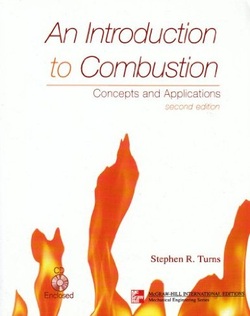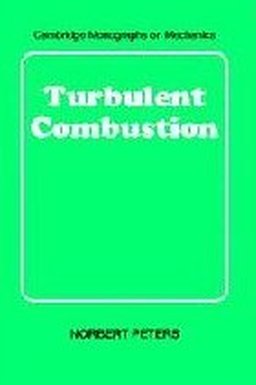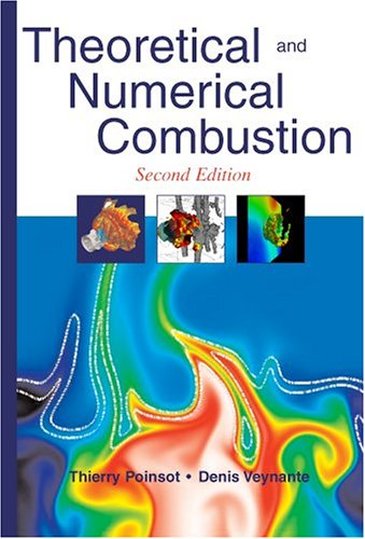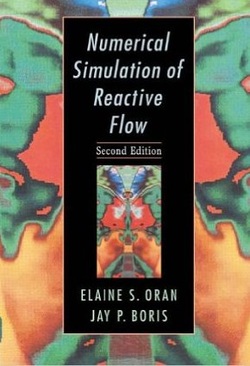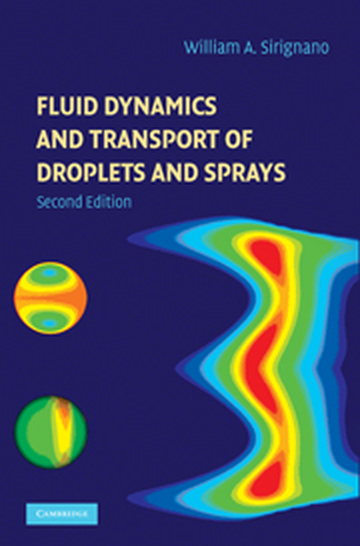Book Number 1
|
I would like first of all the author for this marvelous piece of work. It's a multi disciplinary book which needs the student to know chemical kinetics and dynamics , mass transfer and fluid mechanics. It's a very easy to read full of solved examples. For a person new in the field he will find it as an easy book to extract what he is looking for. Chapters two gives the impression that the book is not in an organized manner, but once passed the rest seem very well written and outlaid. The summary at the end of each chapter provide a good source of ideas refreshment after going through the chapters. The mass transfer part which is related to the mass diffusion and its relation to multi component diffusion has been covered well. For the student to understand the book he needs to have been exposed to computational fluid dynamics beforehand because that will help him understand the modeling aspects discussed in the book not forgetting the introduction to turbulent flows. The sections that discus the modeling aspects are good as an introduction to the student but not enough for understanding in depth. Chemical kinetics is discussed but you don't feel that it's straight forward to understand especially if your not from a chemical engineering field. The coupling issue of chemical and thermal analysis of reacting systems is discussed in chapter 6
|
Turbulent premixed combustion and methods of characterization using dimensionless numbers and the use of the Borghi chart was discussed. Laminar premixed flames is discussed thoroughly with the study of the effects of different parameters on flames such as pressure , temperature, ....... etc. The last chapter of the book discuss detonation which is a good introduction for a student who wants to further his knowledge in the field. The appendices provide the student with a rich data base of information which can help him in his course work, lab experiments and research. Radiation and acoustics in combustion weren't allocated any chapters. Hope that was helpful
|
Book Number 2
|
Thanks to the Author,
The book is written in a simplified way and ideas flows smoothly while reading the book. The book covers several combustion models which can be beneficial for the researcher if he wants to write or work on a combustion code. From the book you can also develop your own combustion model if you're lucky. The book covers the length scales and non dimensional numbers that are encountered in combustion. The book also cover premixed and non premixed flames. If you want to work in the field of turbulent combustion then this book should be on your shelf. Mathematical descriptions are helpful and easy to follow which start from the Navier stokes equations. The only obstacle the researcher would find is that the book is expensive when being sold for more than 60 pounds. good luck |
Norbert Peters
Thought of putting this video by Norbert Peters taking about Theodore von Karman.
Book Number 3
|
It is an excellent book, it needs to be organized a bit in chapter content because as the reader will find out,that he is referred to other chapters during the reading (so you be finding your self jumping from one chapter to another). Its an advanced book and for a beginner its not advisable to read from. Even for an intermediate it might be difficult. The book is rich with information. The reader should have advanced knowledge in combustion and also a good back ground in computational fluid dynamics field. The book seemed to favor the LES method for its given examples. The books interest was most focused on low Mach number combustion, so density change issues were not focused on.The issue of radiation has not been taken into account and was not allocated a chapter. A chapter on combustion acoustics is a useful one especially for those interested in studying combustion stabilities. If the reader has read a large sum of research papers (related to combustion) the material in the the book can give the reader a systematic way of looking to the field and that will help him in organizing his material and thoughts. I hope that was helpful.
|
Book Number 4
|
When i bought this book i had in mind that I can learn how to model reactive flows through a step by step process. Unfortunately the book is not as I expected. This book is for advanced level researchers in the numerical field for people who have already been working for years in the coding and mathematical modelling field . Therefore you will have to look for another easy book in reactive flow modelling. Its dense in ideas I must admit.
It has excellent suggestions for dealing with numerical simulation coding at the beginning.You have to read the whole book to get a clear picture due to the inter-relation of different chapter with each other so you have to be patient to get a good understanding. Gives a good summary of equations used in reactive flow simulation. Talks about discretization methods in finite difference methods and the studies in a high level approach. The study of Numerical flow simulation stability is discussed and the methods of pointing what kind of errors are encountered during the code development. A summary of reactive flow simulation models is covered with one chapter at the end of the book which talks about radiative heat transfer simulation. |
Book Number 5
Unless otherwise noted, all content on this site is @Copyright by Ahmed Al Makky 2012-2013 - http://cfd2012.com
